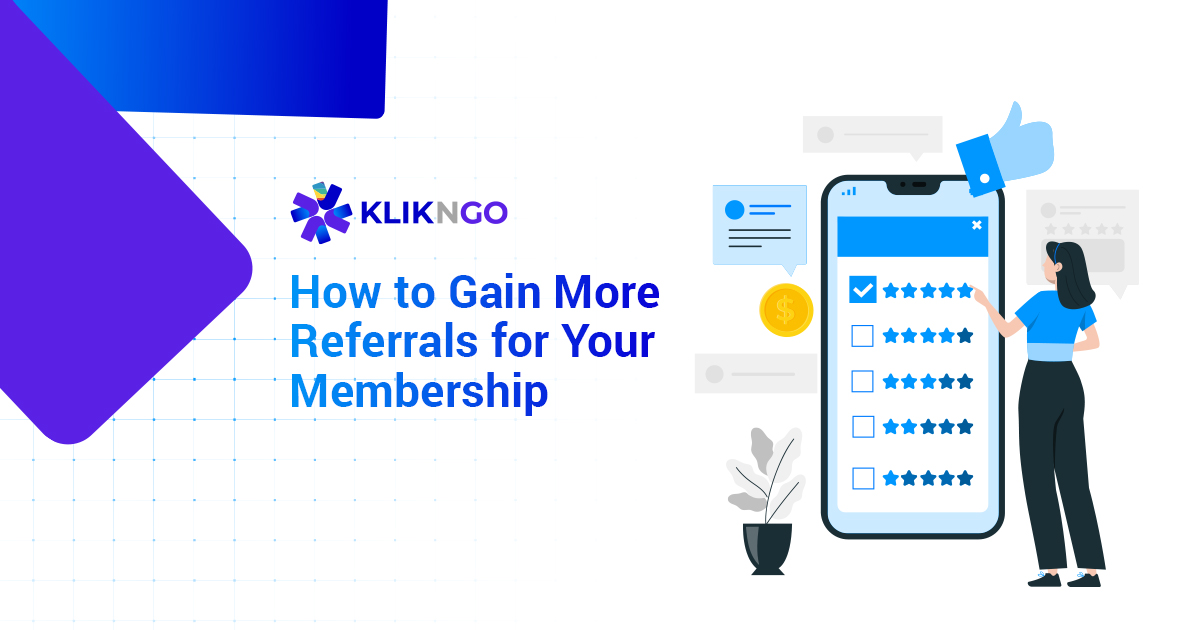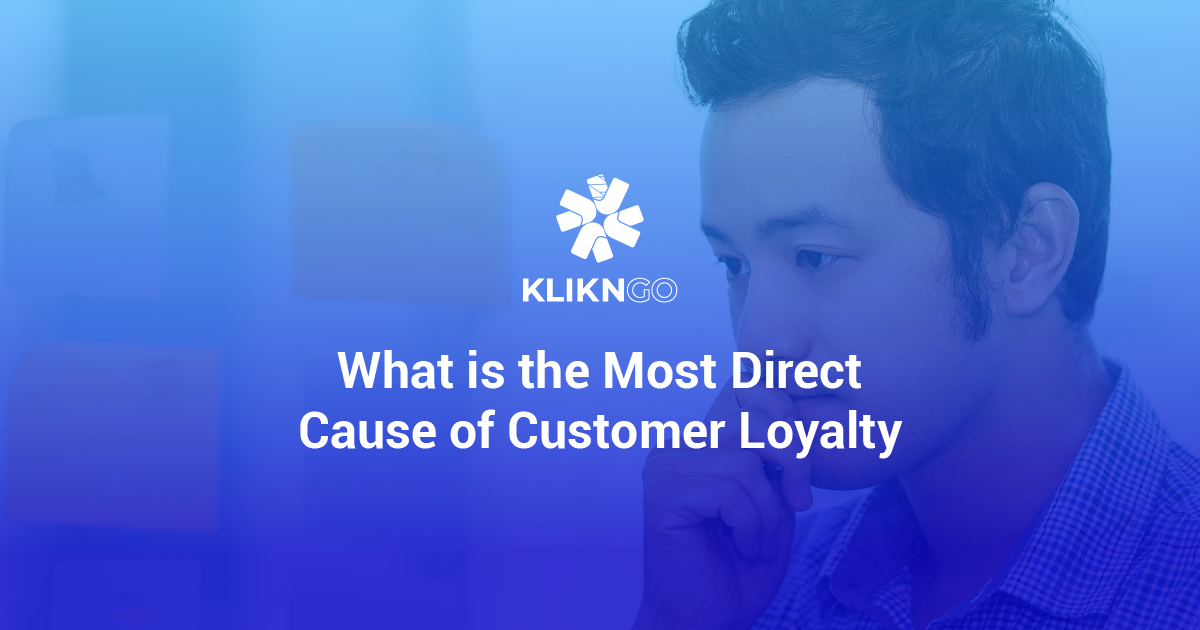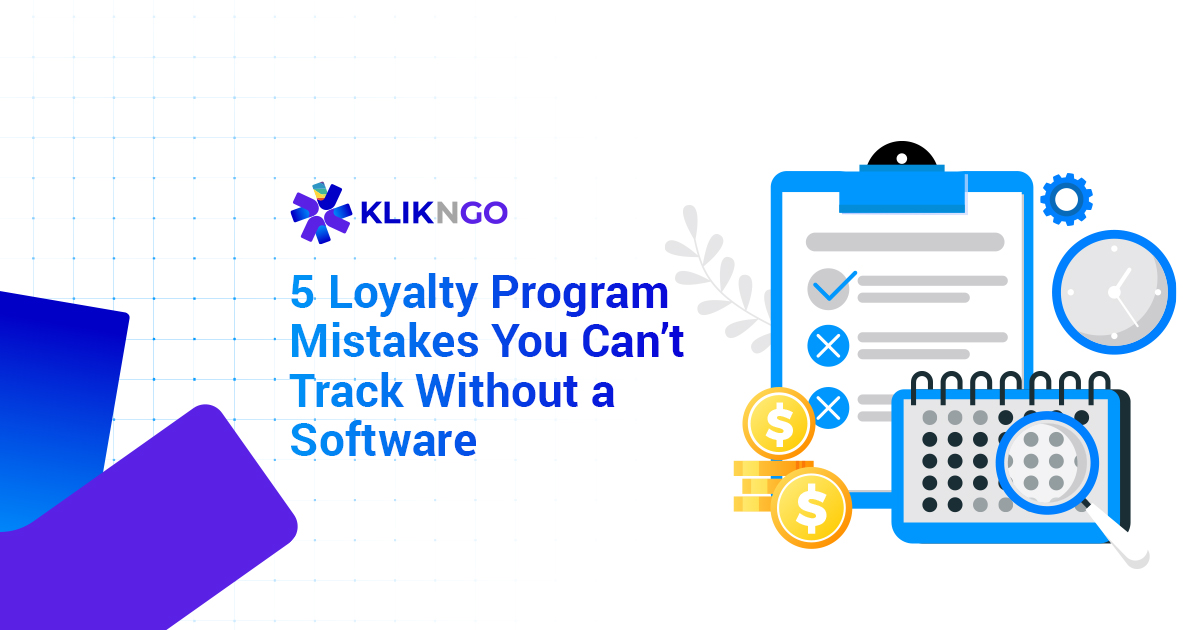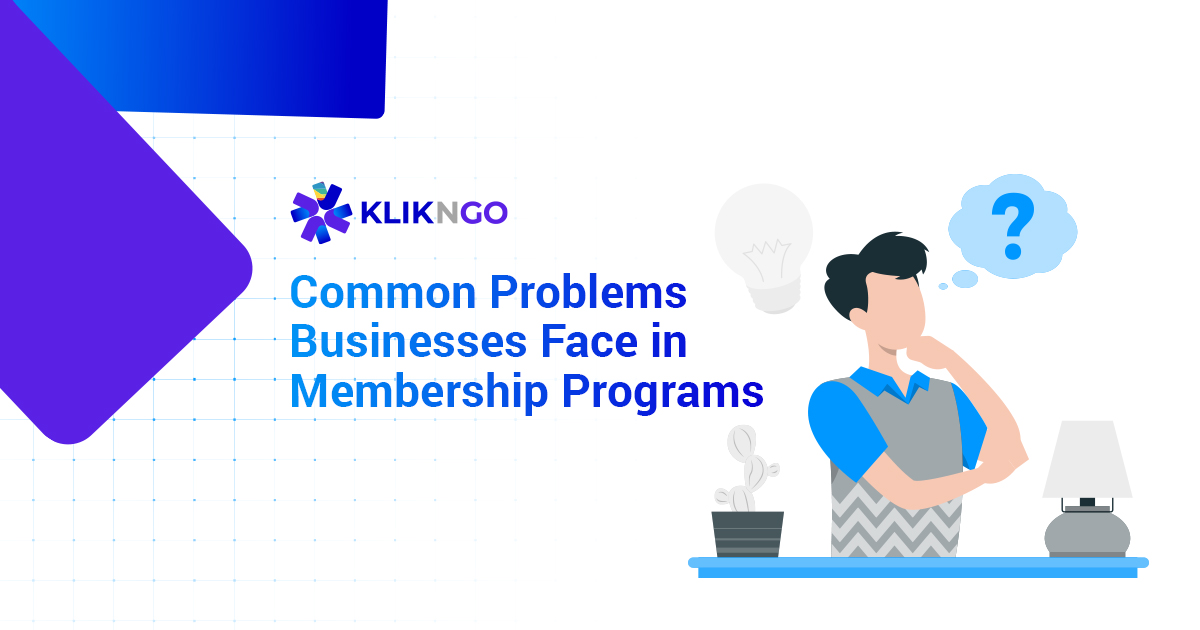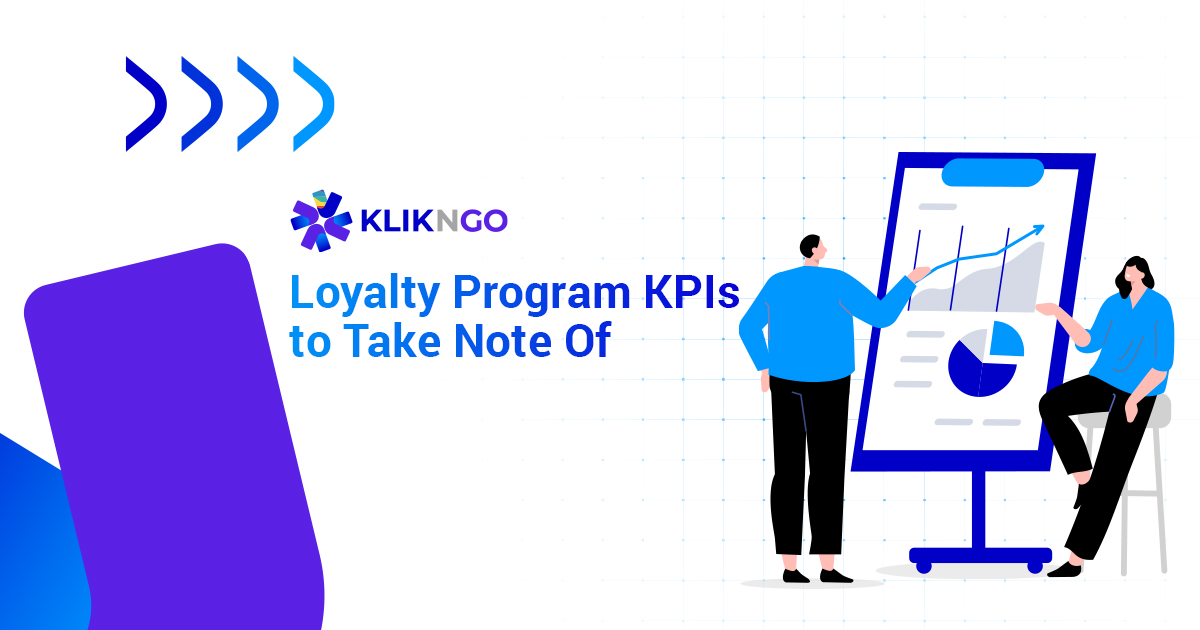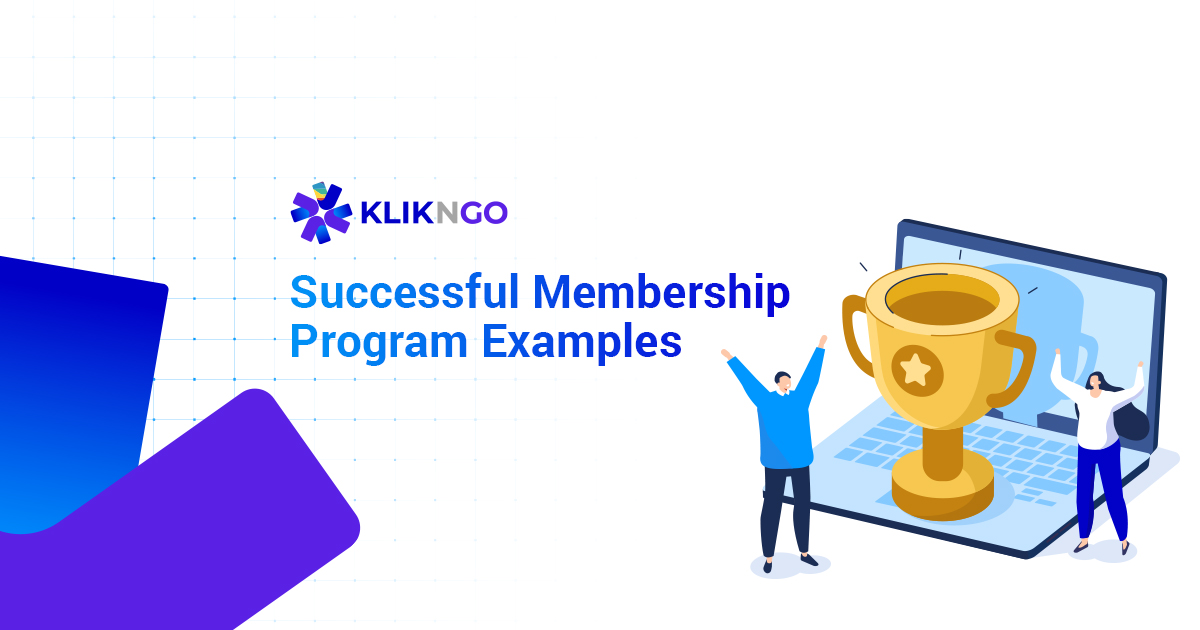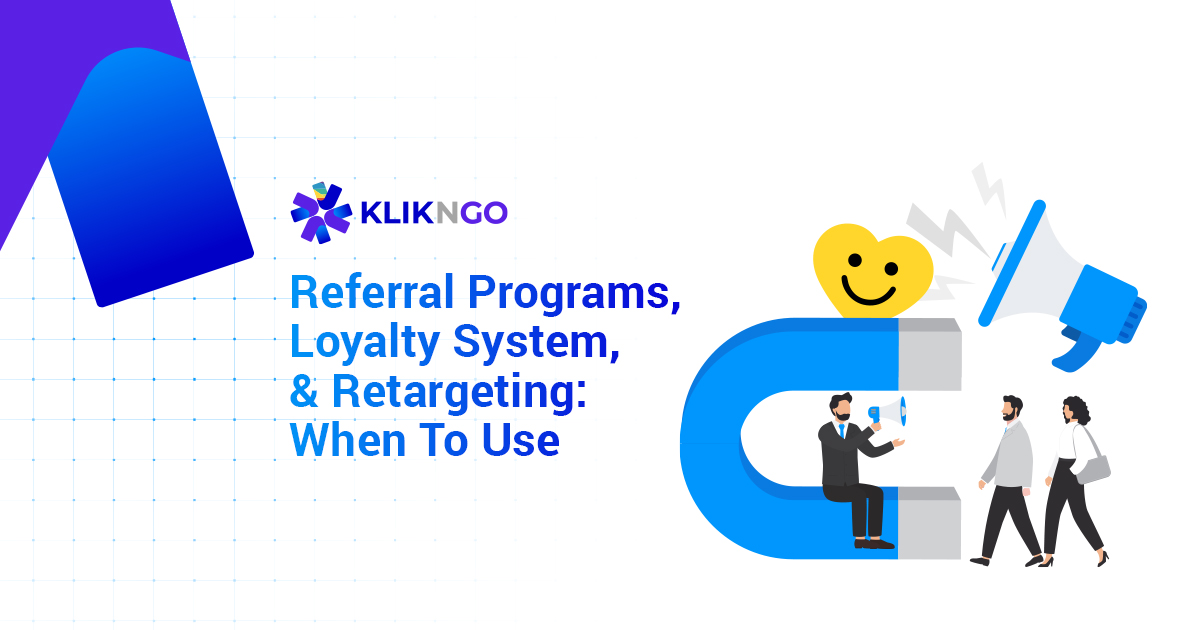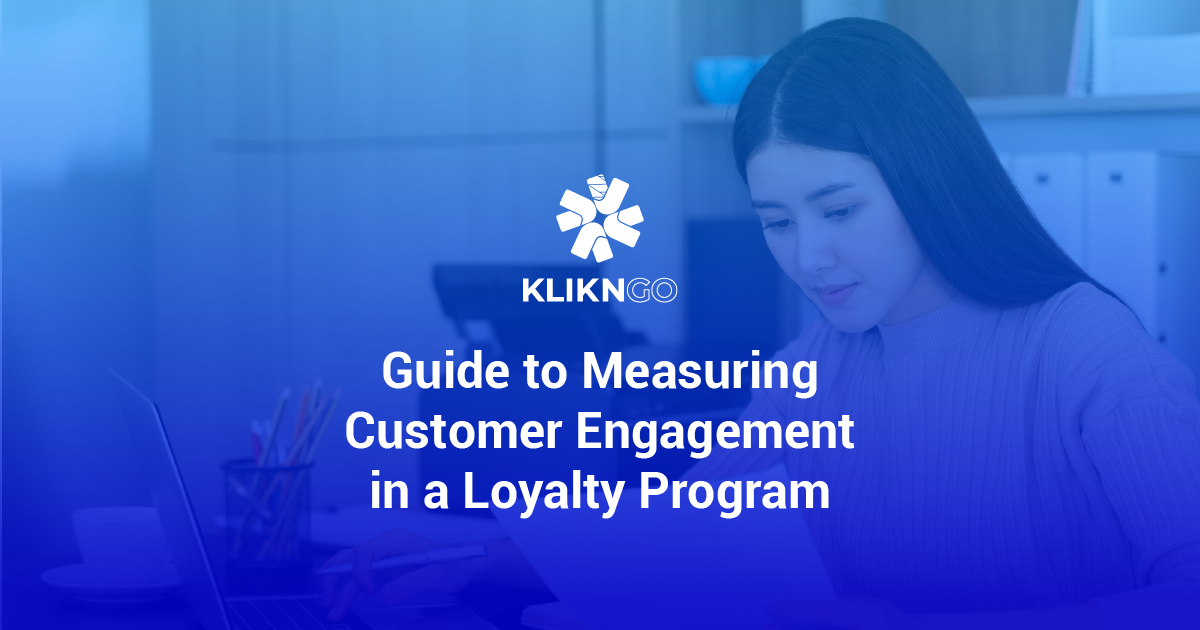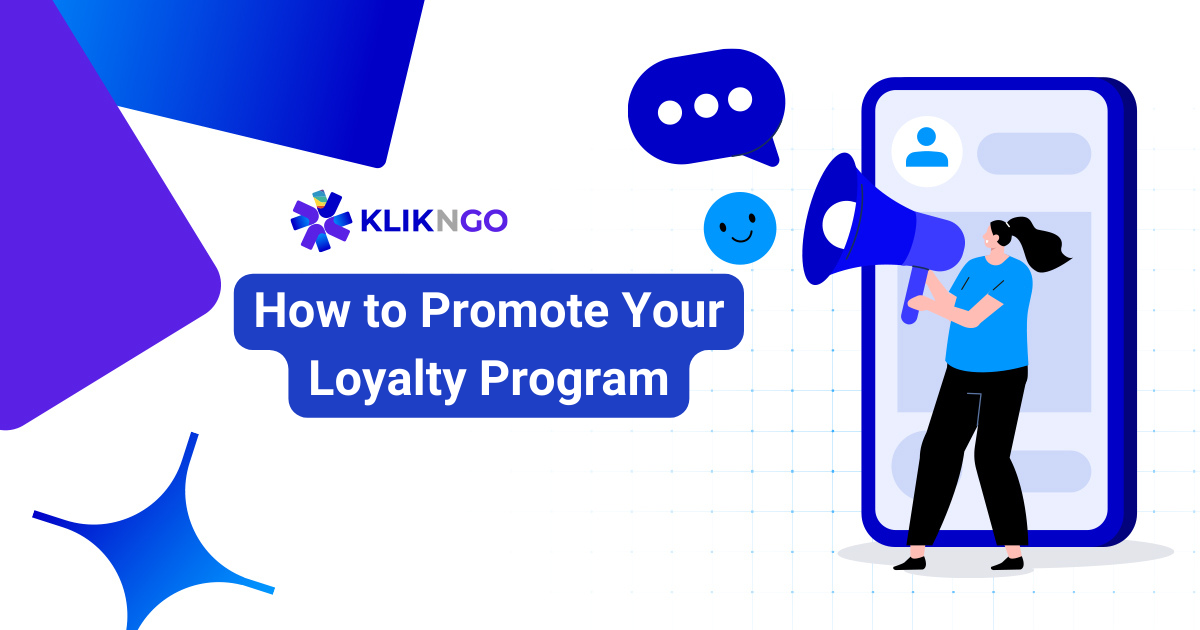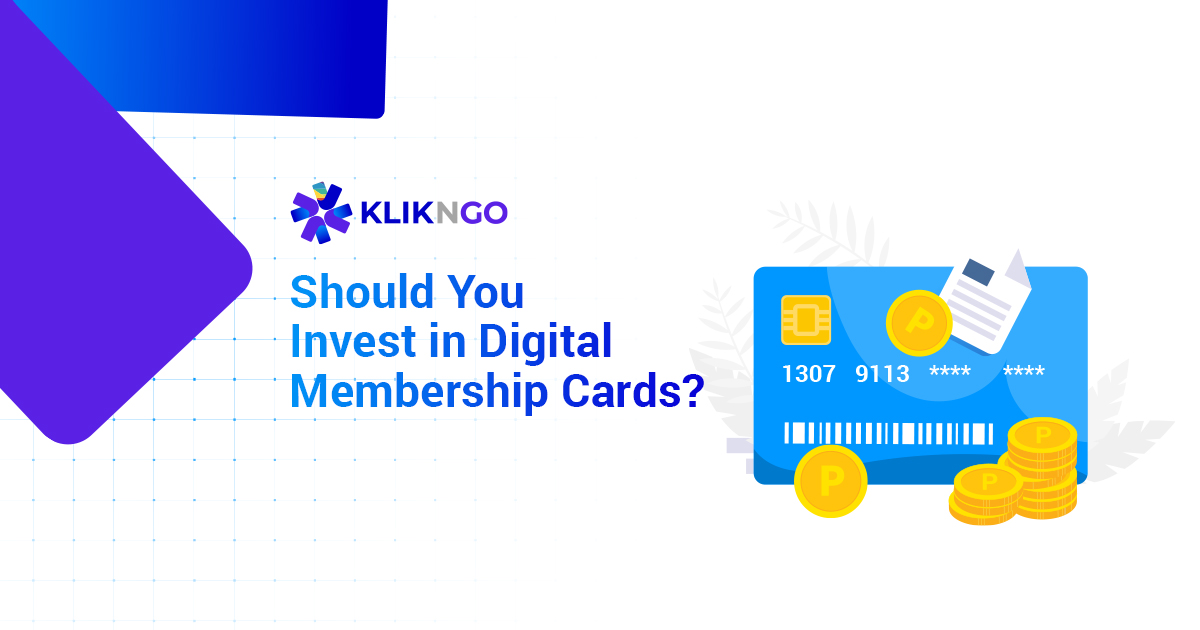Why Are Referrals Important for Your Membership Program
Referrals are key to growing your membership program because they help you bring in new members without spending much—aside from rewards.
This makes it a cost-effective way to expand, while also building trust and boosting engagement.
When people refer others, they’re more likely to stay active, which helps with retention.
Referrals also spread the word about your program, especially when you offer rewards or badges for top referrers, creating a sense of community and encouraging more involvement.
Not to mention, referrals are a form of organic marketing—you’re not paying for ads to get new members, and the rewards you give out also strengthen loyalty among current members.
They also spark friendly competition, which can lead to more engagement and reward redemptions.
How to Implement a Solid Referral Strategy for Your Membership Program
Pick a Membership Software That Has Referral Capabilities
A good membership software needs to have the right features to support referrals.
First, it should automatically generate a unique link for the referrer to share with the person they’re referring.
But it’s not just about the link—it’s also important to track how the link is being used.
For example, you’ll want to know what channels people are sharing the link on, how often it’s clicked, and when. This data is important for improving the referral process over time.
Another key feature is the ability to instantly distribute rewards to both the referrer and the referred, which we’ll talk about later.
And with QR codes becoming so popular, your software should also be able to generate referral QR codes in real-time.
A lot of the points in this article come down to the capabilities of your membership software. That’s why we’ve placed choosing the right software at the top of the list!
Make Sure Referrals are as Smooth as Possible
The next step is to make sure your referral process runs smoothly. Nothing frustrates a potential member more than a broken link, slow load times, or a complicated user experience.
Unless they’re already fully committed to joining, any friction in the process can make them back out—and possibly turn them away for good.
So, focus on having a clean and intuitive design, make sure your app or website is fast and lightweight, and always stay true to your branding.
It’s not just about the technical side—if your site or app looks unappealing, it can create distrust and hurt your brand’s image.
If you’re unsure how to improve this, feel free to reach out to us for expert advice on loyalty marketing!
Create a Win/Win Situation
The next step is to create a win-win situation for both the referrer and the referred.
This makes sure that the referrer is motivated to share your membership program, while the referred person gets a nice reward for signing up. Referrals only work when both sides have something to gain.
That said, you don’t have to make it too easy. You can adjust the rules to maximize your ROI from the referrers.
For instance, the referred might get an instant 10% discount on their first year of membership, while the referrer needs to bring in 3 new members to earn a 30% reward.
This keeps the number of referrals per user high and ensures the program stays effective.
Take Wise (the international payment platform) as an example. Here’s how their referral system worked:
- The user clicked “Start inviting” to get their unique invite link.
- They shared this link, and when someone signed up, their first transfer was fee-free, up to £500.
- The real incentive came when three friends made transfers over £200. For each of these, the user earned up to £75 in referral bonuses.
This strategy was simple, but it worked wonders—motivating users to share while rewarding them for bringing others on board.
Gamifying Referrals Are Key for Membership Programs
The next step is to make your referral process more fun by gamifying it.
This keeps your referral program front and center for users in a way that feels engaging.
For example, you could create missions where members can earn extra rewards for referring others, adding to what they’ve already earned.
Or, you could set up a leaderboard that lets users see how they rank against their friends, family, or even people across the country or world. It’s a great way to motivate people to keep referring and get more involved.
If you want to get more information into this, check out our full loyalty gamification guide!
Implement a Tiered Referral System
Speaking of gamification, another way to boost your referral program is by adding a tiered system.
This encourages users to refer more people by offering bigger rewards as they reach higher levels.
Remember the minimum referrals we mentioned earlier? You can take it a step further by adding tiers that reward users with better perks the more they refer.
For example, you could create tiers where users get 1 month of membership for 1 referral, 2 months for 3 referrals, 4 months for 4 referrals, and so on.
We suggest offering rewards that scale up, so the more they refer, the better the rewards become.
This helps avoid the idea of diminishing returns, where the rewards don’t feel worth it after a certain point.
Also, we’d recommend making your tiers retroactive—meaning if someone has already referred a certain number of people, they automatically unlock higher tiers without needing to start fresh.
Just be sure to explain this to users clearly before implementing it!
Utilize FOMO (Fear of Missing Out)
The next step is to create a sense of FOMO (fear of missing out) for your referrals.
For example, you could offer double the rewards if someone refers 3 friends within a certain time frame.
Research shows that FOMO can be a powerful motivator, encouraging customers to take action and shaping their behavior on a large scale.
Though, it’s important not to overdo it, as too much FOMO can lead to burnout and inactive members.
We recommend setting a longer time frame, reasonable referral goals, and rewards that are just as enticing.
Implement Special Statuses for Top Referrers
Another effective strategy is to offer special statuses and perks for top referrers, whether they’re the best in the country, state, or just among their friends.
Remember the leaderboard we mentioned earlier?
This is where top referrers can earn special badges that unlock unique benefits—like an extra 25% free membership for themselves or complimentary credits each month.
You can also tie this into the tier system we discussed, giving referrers bronze, silver, or gold badges, with increasingly better rewards.
To add an element of FOMO, you could even implement a decay system, where referrers lose their status if they don’t refer a certain number of people within a set timeframe. Just be careful to find the right balance!
Make Sure Onboarding is Smooth for Referred
The second-to-last step is to ensure the onboarding process is smooth.
When someone’s new to a membership, you want their first impression to be positive and easy.
Make sure members receive a quick-start guide in their email, or provide on-screen instructions in your app.
The goal is to clearly explain the essentials—like how to make payments, claim rewards, and redeem benefits, depending on the type of membership program you offer.
If you want to get more tech-savvy, consider integrating an AI chatbot into your website or app.
A chatbot can lighten the customer service load and provide instant answers for new members.
Plus, many people prefer chatbots since they feel less like they’re “bothering” anyone, which can actually make them more likely to engage.
Track All Referral Links & Relevant Data
Finally, to ensure your referral strategies stay effective in the long run, it’s important to track relevant data, like we mentioned with link tracking earlier.
You’ll want to keep an eye on things like time spent on pages, user journeys, button clicks, scroll depth, and more.
Tracking everything—from sign-ups to daily usage—helps you spot potential issues customers may be facing.
For example, if you notice a lot of clicks on an area with no link, that’s a sign you should add a button there, as customer behavior suggests it’s needed.
Using this data to continuously improve your membership program will encourage referees to refer even more people.
It’s no surprise that UI/UX designers are in high demand—great design can truly make or break your business! If you’re interested in learning more, check out our loyalty KPI and metrics article that goes into detail!
Looking to Boost Referrals for Your Membership Program?
Want to try out a referral strategy for your membership program, but not sure where to begin?
Click the button below for a free consultation tailored to your business and let us tell you more – no strings attached!

